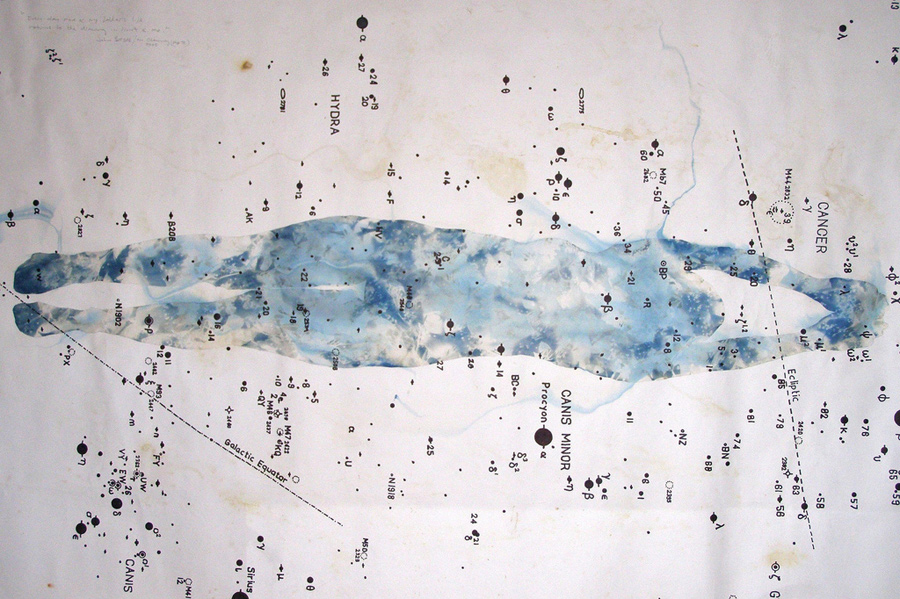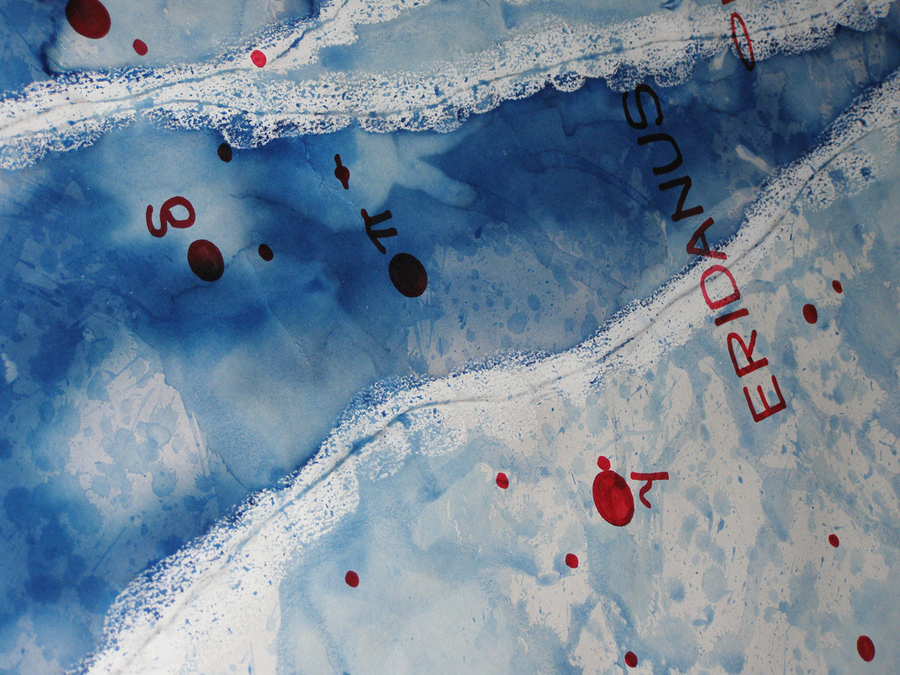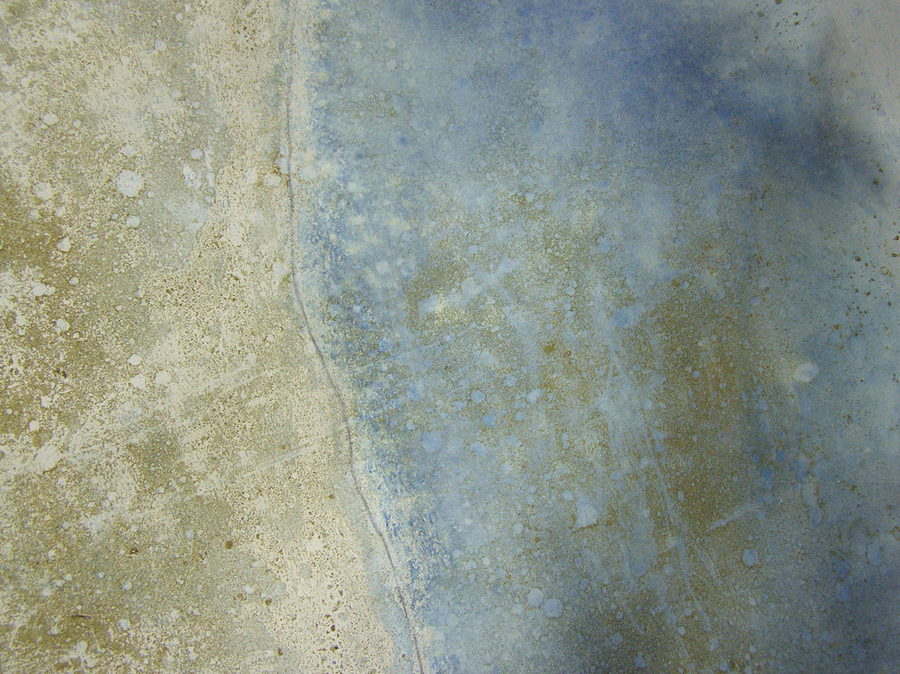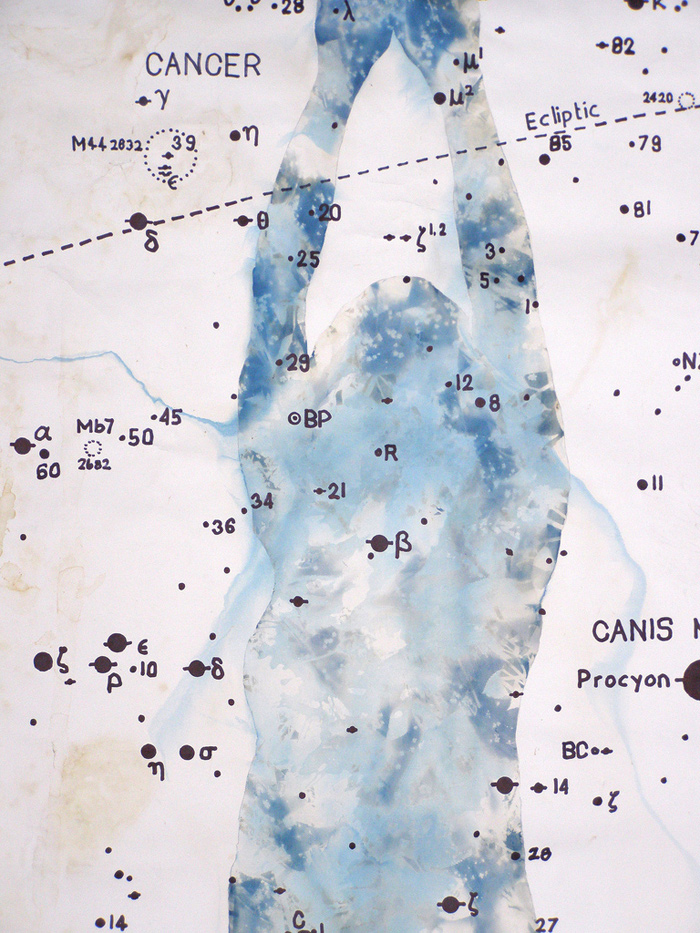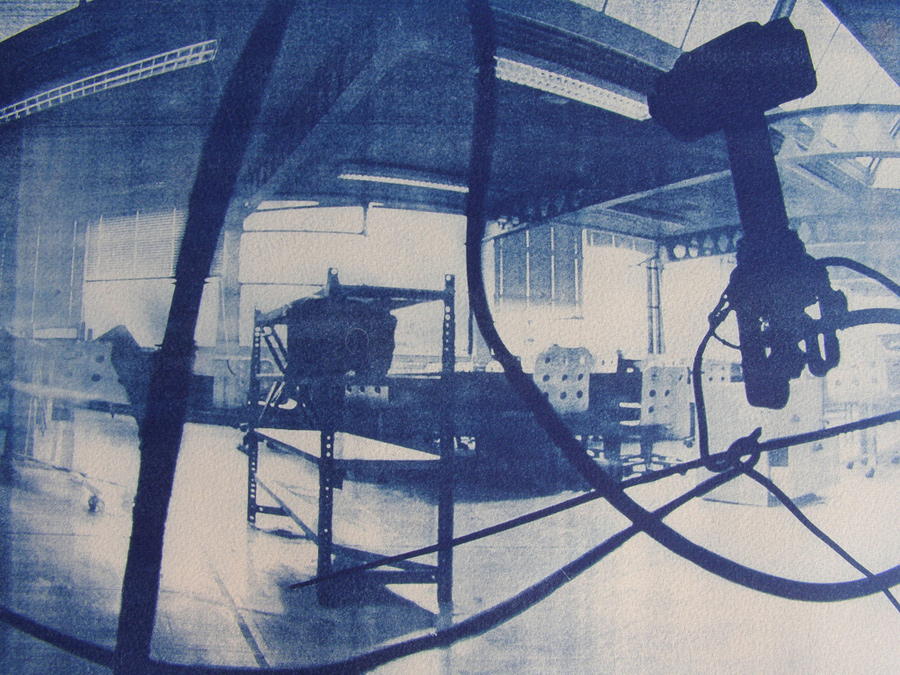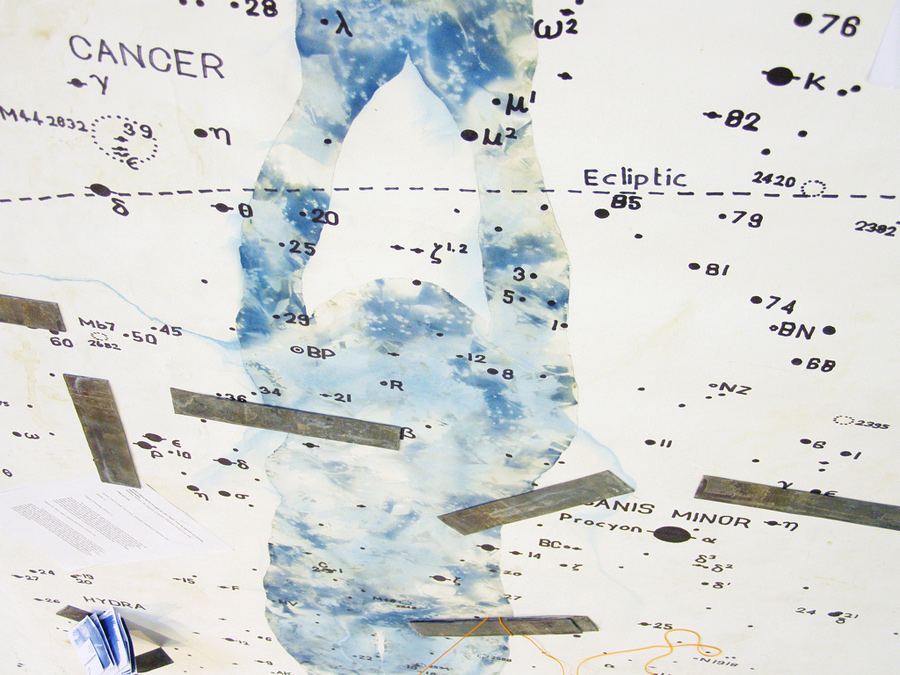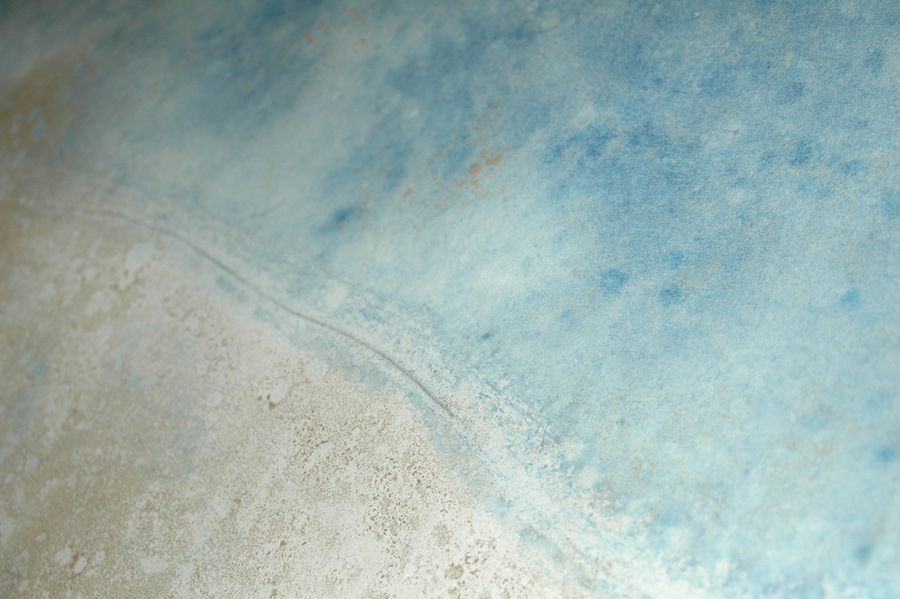Outpost 240123
Harleston 170923
Speculative/Creative /Geographies/around Moving Bodies of Thought.
Rethinking The Animate, re-animating thought, Tim Ingold.
Overlay, Contemporary Art and The Art of Prehistory, Lucy R. Lippard.
Homes and Graves and Gardens.
The Architecture Of Luis Barragan, Emilio Ambasz.
Intimately bound to Barragan's sensitivity for colour is his animistic feeling for matter. In a culture exhausted and irreparably fragmented, the walls surrounding Barragan's gardens are perhaps the last defences to preserve centuries of thought and emotion.
Explorations around dwelling/site based ontologies.
Dwelling/Person/Environment/Engagements.
The simple fluid 'flat' making ontologies of bringing/bonding clay forms together.
Worlding/Water/Performative/Intraventions.
A Practice of Transformational Modalities.
The Processual Character of Form.
Organic life, as I envisage it, is active rather than reactive, the creative unfolding of an entire field of relations within which beings emerge and take on the forms they do, each in relation to the others. Life is the very process wherein forms are generated and held in place.
Ingold.
For Ingold, there is no environment without the folding and enmeshment that is the process of life. Organisms are not folded in on themselves and surrounded by an 'environment'. Instead organisms are points of growth of environment, and whose relations are rhizoidal; and the environment is better understood as a domain of entanglement.
Making/Curriculum/Dwelling/Landscape/Place.
Re-imagining Education.
Brockwood Park School.
Understandings of place and agency.
Development/Growth/Knowledge/Skill.
Studies in Philosophy and Education.
Discussions around epistemology and ontology.
Improving Human-Environment Relations.
Dwelling.
Rethinking the animate, re-animating thought.
Tim Ingold.
Ingold insists on a flat,continuous and processual ontology of dwelling and becoming.
Curriculum Making as the Enactment of Dwelling in Places.
Empirical Research.
Participation.
Poetics of Space.
Reverberations/Dwelling.
Gaston Bachelard.
Why is everything we think we know about ecology wrong?
Being Ecological.
Timothy Morton.
Architecture has the capacity to be inspiring, engaging and life-enhancing. But why is it that architectural schemes which look good on the drawing board or the computer screen can be so disappointing 'in the flesh'?
The Eyes Of The Skin.
Architecture and the Senses.
Juhani Pallasmaa.
Marking The Line.
Ceramics and Architecture.
Formal/Monumental/Archetypal Vessels.
The giving jug/the receiving bowl.
The making by pressing clay into a mould and then manually hollowing and adjusting the form is clearly a sculptural one-off procedure as opposed to industrial repetition. However, the obsessive working of the surface- post-firing pigments, hand painted layers and final waxing- is reminiscent of the prototyping of industrial design and automotive design products in a mimesis of an envisaged perfected shell.
The Present in the Past, Eric Parry.
Site/Life-specific installations.
Building a bridge between ceramics and architecture.
Shared ground, both pursuits are primarily occupied with the use of space, scale, volume and materials.
220923
Requiem:
Drawn to that moment.
Thoughts on disappearances opposed as assemblages/John Berger.
False Hope/Short Movie/Laura Marling.
Wonderful World/Nocturama/Nick Cave and The Bad Seeds.
Atom and Cell/Snow Borne Sorrow/Nine Horses.
The Faster I Breathe The Further I Go/The Wind/P J Harvey.
Balamory Death Chant/Songs for Lonely Americans/Sir Vincent Lone.
The Temple of Love (1992)/Touched By The Hand Of Ofra Haza/The Sisters Of Mercy.
Ruins/When Shall This Bright Day Begin/Josef Van Wissem, Zola Jesus.
Fall/Some Ancient Misty Morning/Jackie Leven.






.jpg)
.jpg)

















